LIVES OF GREAT RELIGIOUS BOOKS
The Tibetan Book of the Dead
LIVES OF GREAT RELIGIOUS BOOKS
The Tibetan Book of the Dead, Donald S. Lopez, Jr.
Dietrich Bonhoeffers Letters and Papers from Prison, Martin E. Marty
Augustines Confessions, Garry Wills
FORTHCOMING:
Revelation, Bruce Chilton
The Analects of Confucius, Annping Chin and Jonathan D. Spence
The Dead Sea Scrolls, John J. Collins
The Bhagavad Gita, Richard H. Davis
Josephuss The Jewish War, Martin Goodman
The Book of Mormon, Paul Gutjahr
The Book of Genesis, Ronald S. Hendel
The Book of Job, Mark Larrimore
The Greatest Translations of All Time: The Septuagint and the Vulgate,
Jack Miles
The Passover Haggadah, Vanessa Ochs
The Song of Songs, Ilana Pardes
Rumis Masnavi, Omid Safi
The I Ching, Richard J. Smith
The Yoga Sutras of Patanjali, David Gordon White
The Tibetan Book of the Dead
A BIOGRAPHY
Donald S. Lopez, Jr.
PRINCETON UNIVERSITY PRESS
Princeton and Oxford
Copyright 2011 by Princeton University Press
Requests for permission to reproduce material from this work
should be sent to Permissions, Princeton University Press
Published by Princeton University Press, 41 William Street,
Princeton, New Jersey 08540
In the United Kingdom: Princeton University Press, 6 Oxford Street,
Woodstock, Oxfordshire OX20 1TW
press.princeton.edu
All Rights Reserved
Library of Congress Cataloging-in-Publication Data
Lopez, Donald S., 1952
The Tibetan book of the dead : a biography / Donald S. Lopez, Jr.
p. cm. (Lives of great religious books)
Includes bibliographical references and index.
ISBN 978-0-691-13435-2 (hardcover : alk. paper) 1. Karma
gli -pa, 14th cent. Bar do thos grol. 2. DeathReligious aspects
-pa, 14th cent. Bar do thos grol. 2. DeathReligious aspects
Comparative studies. 3. Future lifeComparative studies.
I. Title.
BQ4490.K373L66 2011
294.385dc22 2010014137
British Library Cataloging-in-Publication Data is available
This book has been composed in Garamond Premier Pro
Printed on acid-free paper.
Printed in the United States of America
10 9 8 7 6 5 4 3 2 1
My function, therefore, has been merely that of translator; all I have taken the trouble to do is adapt the work to our own habits. I have relieved the reader of oriental turns of phrase as far as I have been able to do so, and preserved him from countless lofty expressions, which would have bored him even in the clouds.
Montesquieu, Persian Letters
CONTENTS
ACKNOWLEDGMENTS
This book is my third encounter with The Tibetan Book of the Dead. The first occurred in 1998, when I devoted a chapter to it in Prisoners of Shangri-La: Tibetan Buddhism and the West (University of Chicago Press, 1998). The second occurred in 2000, when Oxford University Press republished the tetralogy of W. Y. Evans-Wentz, the first volume of which is The Tibetan Book of the Dead. I was invited to provide a new foreword for each of the four volumes, as well as an afterword for The Tibetan Book of the Dead. Although I provide a different perspective on the text here, much of the biographical information about Evans-Wentz presented in the following pages appears in these previous studies. The close reading of Evans-Wentzs text that occurs in is drawn largely from Prisoners of Shangri-La.
Acknowledgments, however, are typically a place to recognize the work of others. Here, I would like to direct readers interested in the history of the so-called Tibetan Book of the Dead in Tibet to the excellent study by Bryan J. Cuevas, The Hidden History of the Tibetan Book of the Dead (Oxford, 2003). In the course of writing this book, I have made consistent use of Bryans study and pestered him with questions, all of which he has patiently answered.
LIVES OF GREAT RELIGIOUS BOOKS
The Tibetan Book of the Dead
INTRODUCTION
In 2005, I received a telephone call from a newspaper in New Jersey. The journalist had seen a press release about a new translation of The Tibetan Book of the Dead and thought he might write a story about it. I referred him to a recently published scholarly study of the Tibetan text, but he wondered whether I could answer a few questions. Is The Tibetan Book of the Dead the most important work in Tibetan Buddhism? No, I said. Do all Tibetans own a copy? No, I said. Have all Tibetans read it? No, I said. Is it a work that all Tibetans have heard of? Probably not, I said. Before I had a chance to explain, the reporter, sounding somewhat bewildered, thanked me and hung up.
In his 1915 essay, Thoughts for the Times on War and Death, Sigmund Freud wrote, It is indeed Four years later, the American Theosophist Walter Evans-Wentz, traveling in the Himalayas, chanced upon a Tibetan text and asked the English teacher of the Maharajas Boarding School for boys in Gangtok, Sikkim to translate it for him. What is known in the West as The Tibetan Book of the Dead is the product of their collaboration.
The Tibetan work that was given this name by Evans-Wentz is one of many Buddhist texts known by the title Bardo Tdl (in transliterated Tibetan, Bar do thos grol,Tdl, buried in the eighth century, had been unearthed in the fourteenth century.
Evans-Wentz would discover that Tibetan text in the twentieth century and, burying it under prefaces, commentaries, introductions, and annotations, he named it The Tibetan Book of the Dead. Since its publication in 1927, the book has been discovered by millions of readers in the West who have used it to do what Freud deemed impossible: imagine their own deaths.
Once it had appeared in English with this title, The Tibetan Book of the Dead would go on to have its own series of discoveries in the West, over the course of almost a century. Seven major reincarnations (and several minor ones), seven discoveries of this text, each somehow suited for its own time, have occurred in English since 1919. From the time of its first incarnation in a Western language, The Tibetan Book of the Dead has taken on a life of its own as a timeless world spiritual classic. It is the first Asian text, and the only Tibetan text, to have been selected for inclusion in this series on the Lives of Great Religious Books.
The worldwide fame of The Tibetan Book of the Dead, regardless of the form the title has taken, derives directly from Evans-Wentzs volume, which has served as the progenitor of the later versions, to a greater extent than even the original Tibetan text. His book itself has had a number of reincarnations, in the form of editions, each with more and more prefaces and forwards added to the text. Since its publication by Oxford University Press, the various editions have sold over 500,000 copies in English; it has also been translated into numerous European languages.
Its full title is The Tibetan Book of the Dead; or, The After-Death Experiences on the Bardo Plane, according to Lma Kazi Dawa-Samdups English Rendering. It was compiled and edited by W. Y. Evans-Wentz. This was the first of four books on Tibetan Buddhism that Evans-Wentz would produce, from translations made by others. In 1928, the year following the publication of The Tibetan Book of the Dead, Evans-Wentz brought out Tibets Great Yog Milarepa followed by Tibetan Yoga and Secret Doctrines
Next page

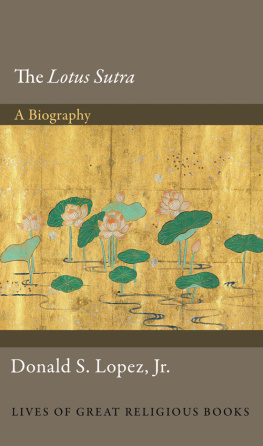

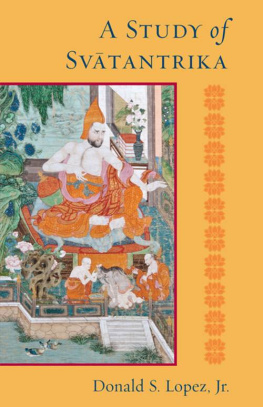
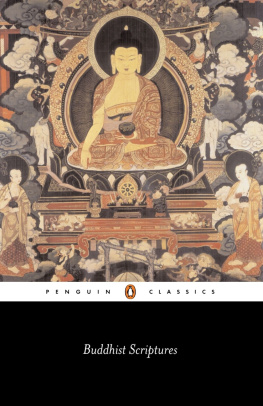
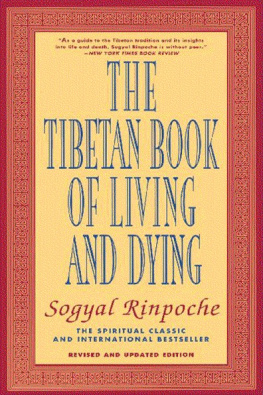
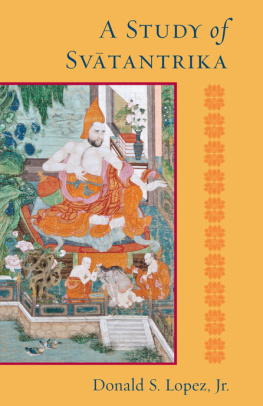
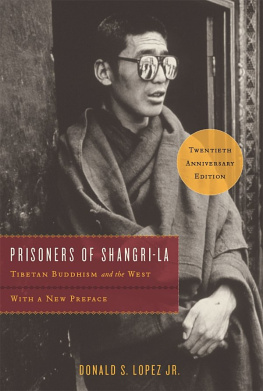
 -pa, 14th cent. Bar do thos grol. 2. DeathReligious aspects
-pa, 14th cent. Bar do thos grol. 2. DeathReligious aspects